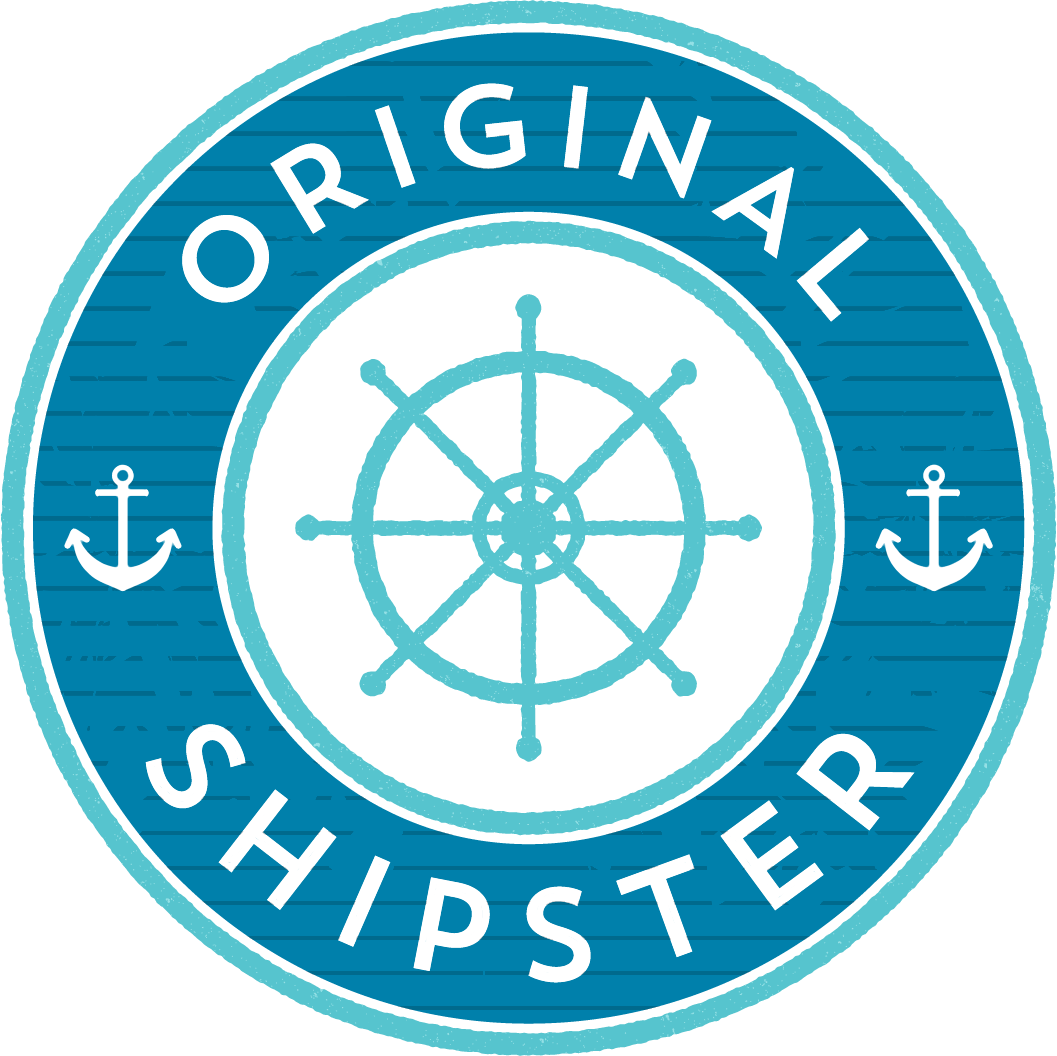Over the Waves: HMCS Esquimalt and U-190
Hello everyone. For this weeks Over the Waves I decided to focus on a Canadian Navy story from the Second World War. Personally, I knew there had been U-boats off Canada's shores during wartime, and I knew about a couple that had been sunk (such as the one off of Bell Island, near St. John's). What I didn't know was the story of the HMCS Esquimalt and U-190, something that happened right in Canadian territory with one of our own ships. So, for this week, that's the story I am bringing to you all.
U-190
Nationality: Nazi Germany
Length: 76.8 metres
Beam: 6.8 metres
Displacement: 1,144 tonnes/1,257 tonnes submerged
Draught: 4.7 metres
Height: 9.6 metres
Crew: 4 Officers, 44 enlisted
Speed: 19 knots/7.3 knots submerged
Class: Type IXC/40 Sub
Year: 1941
HMCS Esquimalt
Nationality: Canadian
Length: 49 metres
Beam: 8.5 metres
Displacement: 592 tonnes
Draught: 2.5 metres
Crew: 71
Speed: 16 knots
Class: Bangor minesweeper
Year: 1940
During the Second World War, U-boats lurked in the frigid waters of the North Atlantic and Canada's warships protected her coasts. The HMCS Esquimalt was a Bangor-class minesweeper based out of Halifax, and charged with protecting the harbour and surrounding area. U-190 was a submarine that had been sent to interfere with the Allied supply shipments leaving the area around Halifax. Already with one sinking to her credit, and her captain ready to have a second, U-190 roamed outside the harbour, waiting for her next target. On April 16, 1945, she spotted the HMCS Esquimalt.
HMCS Esquimalt
The Esquimalt had only come to Halifax a few years earlier, in 1942. After overcoming some mechanical issues, she was assigned to the Newfoundland Force from 1943-1944, when she was transferred to the Halifax Local Defence Force. She performed anti-submarine patrols outside Halifax and the surrounding area of the harbour. This was what she was doing that night.
Unfortunately for the HMCS Esquimalt, U-190 was keeping an eye on her. The captain of the Esquimalt was not taking any of the usual anti-submarine precautionary measures - he wasn't zigzagging or dragging his torpedo decoy, and his sonar had been turned off, which made the captain of the U-boat suspicious. When the ship made the turn to head to her rendez-vous with the HMCS Sarnia, she came head on with U-190. Figuring they had been spotted, U-190 turned and fled, firing a single torpedo from the stern tube.
The hit was immediate and fatal, blasting a hole in the Equimalt's starboard side and sending her to the bottom in four minutes. Her sinking was so swift that the crew wasn't even able to get a distress signal out- no one knew what had happened until a few hours later, when the HMCS Sarnia came across some survivors. Of her crew of 71, 44 were lost. She was the last warship that Canada would lose due to enemy action in the war.
U-190
On May 8, 1945, the captain of U-190 got the order from his German admiral to surrender. On May 11 he arrived at his rendez-vous point with the HMCS Victoriaville and the crew and vessel were surrendered to Canadian forces. The submarine was taken to Bay Bulls, Newfoundland, and the prisoners were taken to Halifax. Under the agreements of the war treaty, U-190 was commissioned into the Royal Canadian Navy on May 19, 1945.
Her primary mission had her on a ceremonial tour of communities along the St. Lawrence River and the Gulf of St. Lawrence, including places like Montreal, Quebec City, and Sydney. She then returned to Halifax and was used for anti-submarine training.
Her career with the RCN was short lived, however, because on October 21, 1947, she was assigned to play an integral part of "Operation Scuttled". On the anniversary of the British Naval victory at the Battle of Trafalgar, U-190 was towed out to the same spot where she had sunk the Equimalt just 2 years before. Painted in bright red and yellow stripes. she was the target of an escalating barrage from planes and destroyers alike. Fired upon from the air and sea, U-190 slipped below the waves just 20 minutes after the Operation had begun. Her periscope was all that remained, having been salvaged before she was sunk. It now resides in the Crow's Nest Officers Club in St. John's, NL.
Despite being sunk in the same general vicinity of the wreck of the HMCS Esquimalt, the hull of U-190 has never been found. There have been a few diving expeditions in the area, but to the best of my knowledge, she still is lying under the waves, undiscovered.
